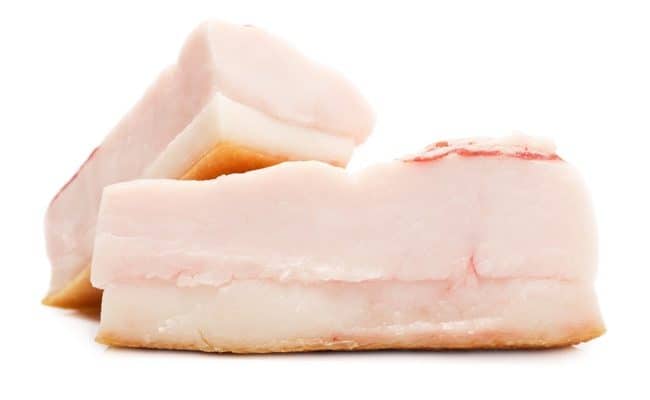
Cellulite is a common condition for most women even though most women would prefer it be gone. In fact, up to 85-98% of women, no matter what race, experience cellulite.
Cellulite is fat stored close to the skin and can have a dimpled appearance. There are many factors that can influence cellulite such as: genetics, diet and exercise.
While many reliable sources suggest there is not a research verified cure for cellulite, there are some treatments along with lifestyle changes that may help lower cellulite. However, there may be high individual variance.
Cellulite can form in women after puberty. It is most often found in the thigh or buttock region, but could also be found in the upper body. Cellulite can increase with aging as skin elasticity naturally goes down.
Women who are obese or are at a healthy weight can have cellulite. General weight loss practices and increasing muscle tone may help lower cellulite, but we cannot determine where we lose fat from.
Besides healthy weight loss practices, there are other available cellulite treatments.
Some may be more successful than others. However, as Mayo Clinic (1) suggests, no single treatment for cellulite may be entirely effective.
See also: Foods that prevent cellulite
Genetics
According to a 2016 TIME article (2), there are about 100 genes that can affect weight regulation.
So, if you are genetically predisposed to being overweight, do you have any chance for sustained weight loss? The good news is research (3) suggests weight loss, even if you do have a genetic predisposition for weight gain, can still happen.
Weight loss compared between people with genes that promote weight gain and those that don’t lost the same amount of weight.
Researchers looked at data from over 9,000 people, and data for weight loss was the same between people with different genotypes.
Another factor genetics can affect is where we store fat. Chances are if women in your family have cellulite, you may too.
However, how much cellulite you have can also be determined on factors you can control with diet and exercise.
Weight loss
Being overweight or obese may increase risk of cellulite. The more fat tissue there is in the body, the more stress there could be on connective tissue that can increase the appearance of skin bulging out.
In general, weight loss lowers the total fat in the body which can lessen the appearance of cellulite. However, even with weight loss, cellulite may still be there.
The reason cellulite can affect women no matter their size
Even though weight loss may help lessen cellulite, it is important to note slender or lean women can also have the appearance of cellulite.
Maintaining an active lifestyle can decrease the risk for cellulite, but it doesn’t guarantee you won’t have it.
The reason most women can have cellulite, in varying amounts, is it is a natural process that maximizes fat retention post puberty to ensure adequate calorie supply for pregnancy and/or lactation (4).
Exercise may not totally eliminate cellulite, but it could really help.
Firming and toning muscles in the areas you have cellulite may help it look less noticeable according to Dr. McDaniel, director of the Institute for Anti-Aging in a 2013 ABC News article (5).
Combining the benefits of aerobic exercise in addition to strength training may be the most effective for preventing and treating cellulite.
Do cellulite treatments work?
Although there may be various claims for getting rid of cellulite, Medical News Today, Mayo Clinic, and WebMD all suggest there isn’t one way of eliminating cellulite that is backed by clear research.
Research is on going for various treatments, and some can help lower the visibility of cellulite, but totally eliminating cellulite from one type of treatment has not been shown.
A 2004 review (6) suggests treatments for cellulite can be put into one of four categories: attenuation of aggravating factors, physical and mechanical methods, pharmacological agents and laser treatments.
However, researchers conclude there is no truly effective treatment for cellulite.
Creams: Dr. McDaniel suggests certain skin creams with retinoids may provide some temporary reduction from cellulite by making thicker skin coverage.
However, these creams don’t eliminate the cellulite. Other creams that claim to have certain stimulating agents do not have evidence to suggest they are effective for eliminating cellulite.
Retinoid based creams may also help improve microcirculation and collagen synthesis which can help with the appearance of cellulite according to a 2006 review.
Laser treatment: Mayo Clinic suggests cellulite treatment with the most promise may be laser or radiofrequency treatments.
Getting a series of these treatments can improve cellulite, but it may only last for about 6 months.
Cryolipolysis: Cryolipolysis (7) basically involves freezing the fat cells to kill them. When body cells are dead, the mody removes them.
Treatment to improve cellulite may occur with at least three treatments and may takes a few months to notice results. However, the cellulite may come back after treatment.
Massage: Can you massage away the cellulite? Endermology is a specified type of massage trying to do just that. Massage may offer short term results, but no long term benefit is likely.
There are other treatments available for cellulite reduction. Speak with your doctor if you are contemplating a procedure or treatment to reduce cellulite, and keep in mind there may be no one treatment that guarantees to get rid of cellulite forever.
General weight loss may encourage loss of fat from cellulite, but it may not. Even thin or toned women may have some cellulite.
It is a natural phenomenon that most women experience. Firming muscle tone in areas that have cellulite may help skin appearance.
Other procedures may help short term results with cellulite, but it may return after sometime.










